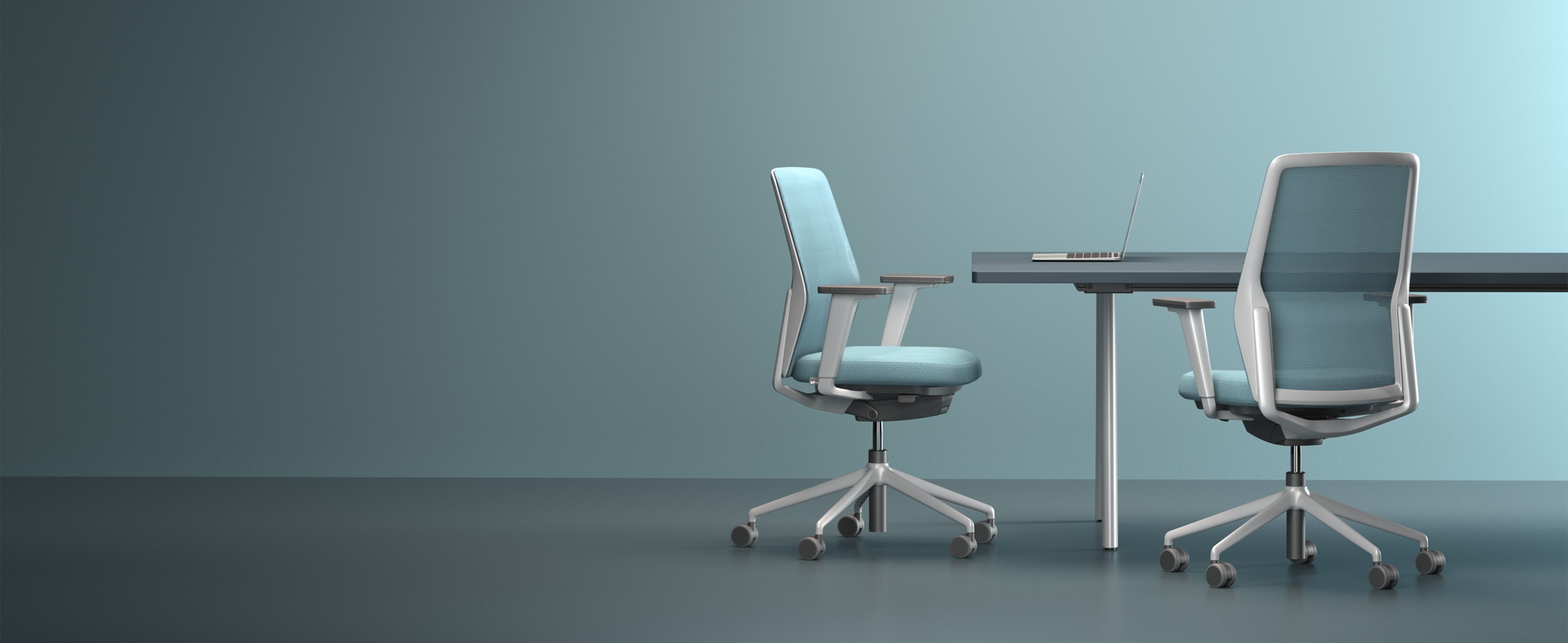 2024-03-12
2024-03-12
No longer are lobbies where people park their cars and enter the building. Humble and simple, noisy waiting rooms are a thing of the past. Healthcare managers are already aware of the benefits for patients of an experience that reduces stress, creates a positive first impression and reflects hospitality. Healthcare organizations are working to improve the patient experience and transform waiting areas into areas of education, connection and comfort.
Gone are the days when the waiting people sat idly in rows of chairs. Waiting room designs today are a far cry from the bus stop style layouts they used to be. Instead of interlocking rows of chairs and movable tables, windows that barely let in light, and televisions showing talk shows, there are groups of comfortable seating, study booths, and picture windows where patients and visitors sit in natural daylight.
Biophilic interior design often connects common areas such as entrances, waiting rooms or dining rooms to daylight and nature, providing a calming environment for all who enter. Floor-to-ceiling windows, glass curtain walls and skylights reduce the need for artificial lighting, helping to improve the mood of patients and staff. In addition, a study published in a medical research journal reveals that daylight can be used as a natural disinfectant, especially helping to kill bacteria commonly found in dust.
In addition to providing comfort, the design of waiting areas can also reduce stress by giving patients and visitors a choice about how they experience the environment. Different people need different physical conditions. For example, some visitors feel better when completely distracted by their mobile devices or looking at hospital educational materials about treatment options and health topics, while others prefer a quieter space. The design, where different seating groups and tables are used in one space, offers comfort where people can feel comfortable. These designs create more private spaces where patients and visitors can comfortably wait. Modular seating groups support a more personalized experience.
Charging a patient or visitor's mobile device is on everyone's agenda today. Therefore, this technological need cannot be ignored in waiting area designs. It is now known that incorporating furniture with outlets and USB ports into healthcare facility design improves the overall happiness of patients and visitors.
Based on the fact that stressful areas leave a lasting impression, waiting areas are expected to become welcoming, stress-free and peaceful areas.